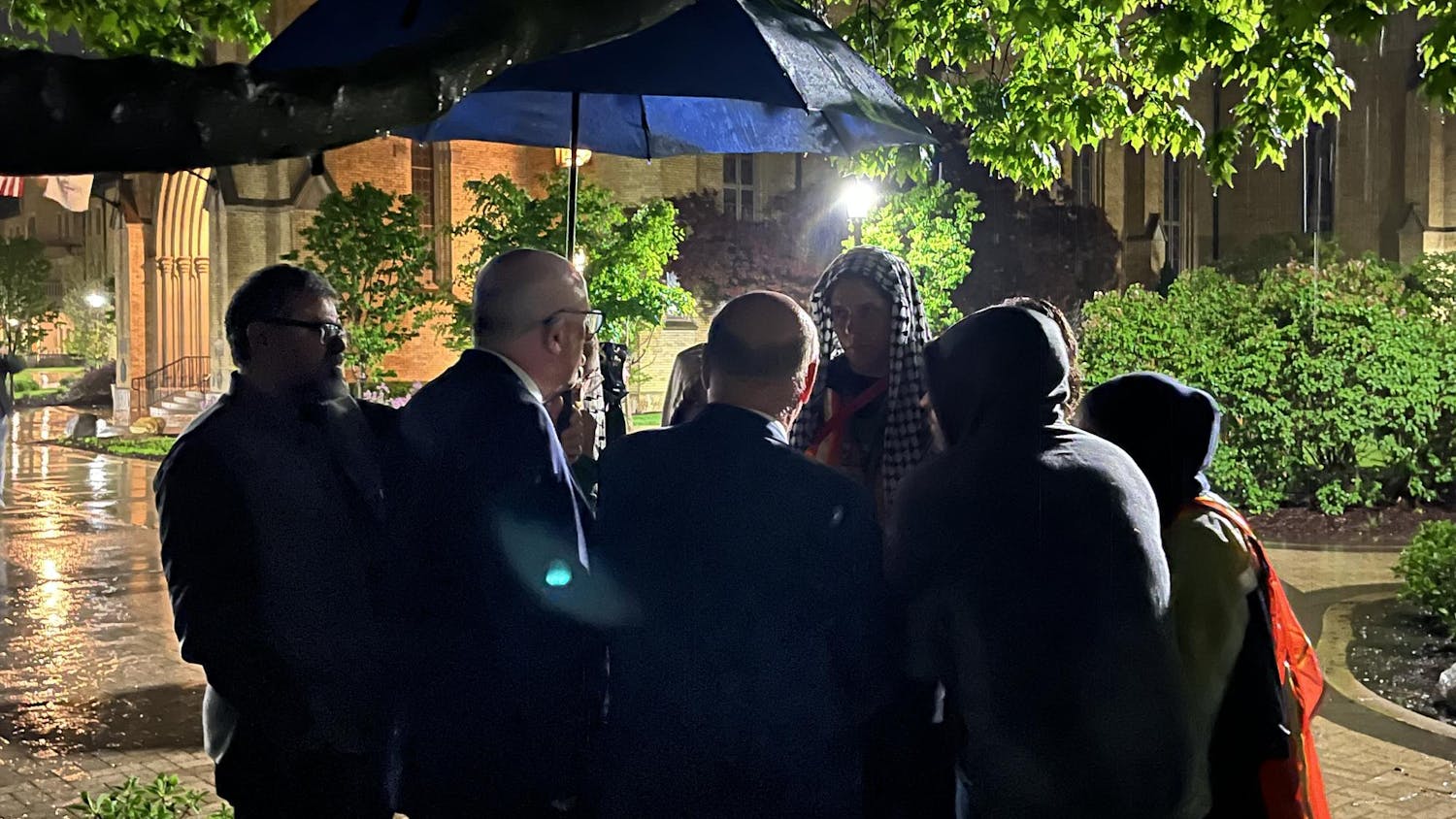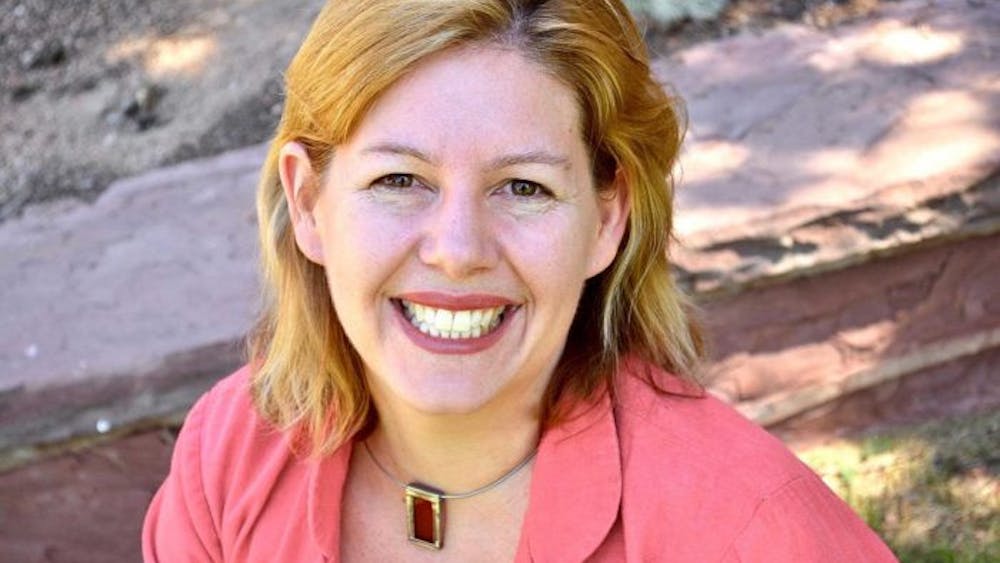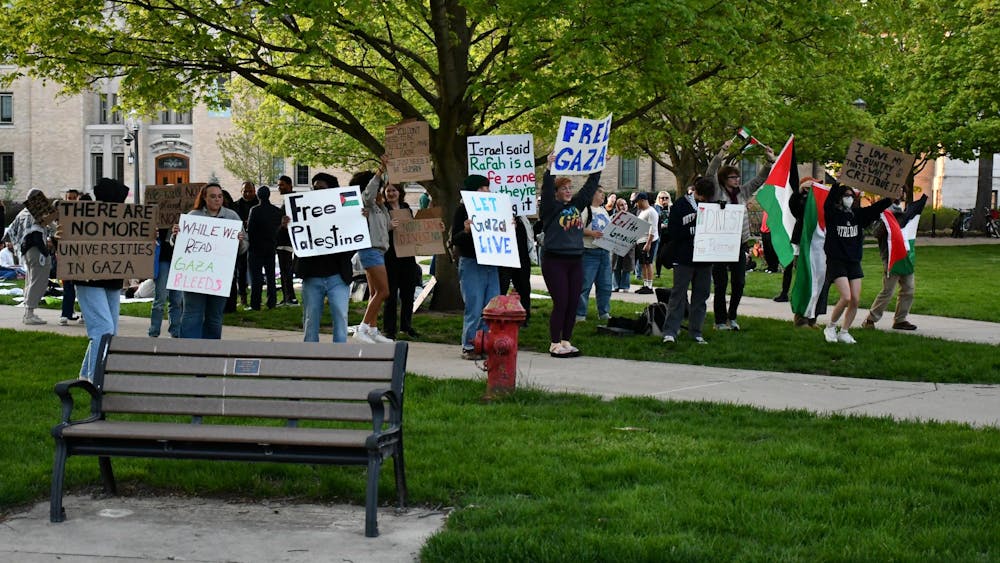You’ve seen them shambling across the television screen and in numerous horror films: undead zombies, always hungry for human flesh. The zombie trope seems to be the antithesis of dogmatic theology’s teaching about the afterlife. Traditional destinations for the dead are heaven for the good, hell for the not-so-good, with a side trip to purgatory if your soul is in need of some repair. I suppose we should also acknowledge the concept of limbo, mostly reserved for unbaptized babies, but I prefer to think whether baptized or not, babies are ultimately innocent of all sin and are most likely on the express bus to heaven.
Zombies occupy a place in the imagination that is outside the realm of catechism: They once were people, but now are not quite dead or alive, and they act as if they are bereft of all compassion and humanity. In short, they have no souls. What is the origin of such a being? The recent fascination with zombies started with George Romero’s 1968 film, “Night of the Living Dead,” despite the fact the film never mentions zombies. Romero’s B-movie cult classic was loosely based on Richard Matheson’s novel “I Am Legend,” where the protagonist seeks a cure for a virus turning most people into vampires. Romero’s interpretation of ravenous undead beings greatly influenced subsequent zombies portrayed as dull-eyed, aggressive, flesh-eating ghouls.
Romero’s take on the undead has its roots in colonialism and misconceptions regarding the religious practices of other cultures. Saint-Domingue was a French colony with a large slave population working the sugar cane fields. Conditions for these people were horrible, and they were emboldened to overthrow the colonial government in 1791. After a long revolutionary war, in 1804 the rebels re-named their country Haiti, which became the first independent black republic. Other nations, especially those still holding slave populations, saw the existence of Haiti as a threat and consistently demonized Haiti as a place of violence, superstition and death. Throughout the ensuing century, Haiti was rumored to be an island hell of cannibalism, human sacrifice and dangerous mystical rites. America occupied Haiti in 1915 and began a systematic destruction of the native religion of Voodoo, which gave the practice more influence as it clearly was something feared by the Americans.
U.S. filmgoers in the early 1930s thrilled to Universal Studio films based on the Frankenstein and Dracula stories, both tales challenging traditional concepts of the finality of death. Within months of the success of these films, director Victor Halperin released “White Zombie,” as the American occupation of Haiti was winding down (the last troops left in 1934). Halperin’s film builds on myths of undead workers laboring through the night and explains the zombie for the American audience based on indigenous beliefs from the Caribbean.
The idea of soulless, cannibalistic, undead beings has a longer history than even Haitian folklore. Dante Alighieri’s “The Divine Comedy” leads the reader through a variety of visions of the afterlife in a lengthy poem of three books, each with numerous sections or cantos. In “The Inferno,” Dante starts his journey as a character in his own poem, a pilgrim led by the poet Virgil. While I highly recommend you read — and re-read — the entire poem, I’d like to pick up the story near the end of Dante’s descent through the nine levels or circles of hell. In canto 33, Dante has reached the ninth — or lowest — circle, Cocytus, and has entered the third zone of Cocytus, Tolomea. This subdivision of hell is reserved for the lowest of the low: traitors.
As the canto starts, it is clear we will be treated to all the classic zombie tropes. The first soul we encounter is casually eating his neighbor. As Dante approaches, the tortured soul stops in mid-bite, wipes his mouth on the hair of his repast and enters into conversation with Dante. Notably for the lowest circle of hell, there is no fire to be seen — all the souls are embedded in a lake of frozen fire. This fire causes all the pain and injury of real flame, but it gives neither light nor heat. The souls of traitors, those who betrayed trust placed in them by others, are condemned to an unnatural punishment, even by the standards of hell.
Clearly mystified by the utter strangeness of this place, Dante questions some inhabitants further and discovers the most disturbing aspect of their fate: While he sees their souls before him lodged in the frozen lake, they reveal they are still alive on earth, their bodies inhabited by demons. When he is informed that Branca d’Oria, a traitor who murdered his own father-in-law after inviting him to a banquet, is one of the entrapped souls, Dante is incredulous: “‘I think,’ I said to him, ‘you're fooling me. For Branca d’Oria is not yet dead: he eats and drinks and sleeps and puts on clothes.’” Dante’s discourse on the fate of the traitor is strikingly brash: d’Oria is a real person, still alive at the time Dante wrote “The Inferno.”
Dante views traitors as bodies without souls, acting much like anyone else, but bereft of any humanity. Lying, greed, envy, murder and all further sins punished in the other level of hell combined with a breach of trust defined and doomed the traitors whose souls are trapped in hell’s lowest level. Dante had the courage and effrontery to condemn infamous living traitors — naming names and challenging the powerful — but the justice meted out was merely poetic in nature. Dante passed away in 1321; d’Oria (or perhaps just his demon-filled corpse) died four years later, made wealthy by his father-in-law’s fortune. Poetry definitely has its place, but when it comes to punishing our current crop of traitors we’re better off looking to courts, special counsels and Congressional investigations. Traitors, and their zombie supporters, would do well to load up on more brains.













